
The top neuroscience research from June 2020
Identification of cells that can be activated to induce a hibernation-like state in mice, discovery of a genetic defect that causes migraines and detection of brain pulses that maintain neural activity after an immobilising injury, are all included in Scientifica's selection of the best neuroscience research news from June 2020.
1. Stanford researchers develop an inexpensive technique to show how decisions light up the brain
An optical technique, called COSMOS, that can simultaneously record the activity of neurons across the whole top surface of the mouse cerebral cortex, has been developed by scientists at Stanford University.
The researchers developed a bifocal microscope that enables the entire curved surface of the brain to be kept in-focus. The microscope simultaneously captures two recordings of neural activity, with one focusing on the sides of the brain and the other focusing on the middle. A side-by-side view is then shown in a video, which the researchers computationally extract signals from to obtain measurements of neural activity across the whole surface of the brain.
This technique is being used to study motor control, decision-making and sensory perception as well as screening for the development of better psychiatric drugs. The researchers have built a website to help other researchers build their own COSMOS system.
Find out more
2. Sleep, death and … the gut?
A fruit fly study by researchers at Harvard University has found that premature death caused by sleep deprivation is always preceded by the accumulation of reactive oxygen species (ROS) in the gut.
The team found that when sleep-deprived flies were given antioxidants that clear ROS from the gut, they had normal lifespans, suggesting that there may be some circumstances where animals can survive without sleep.
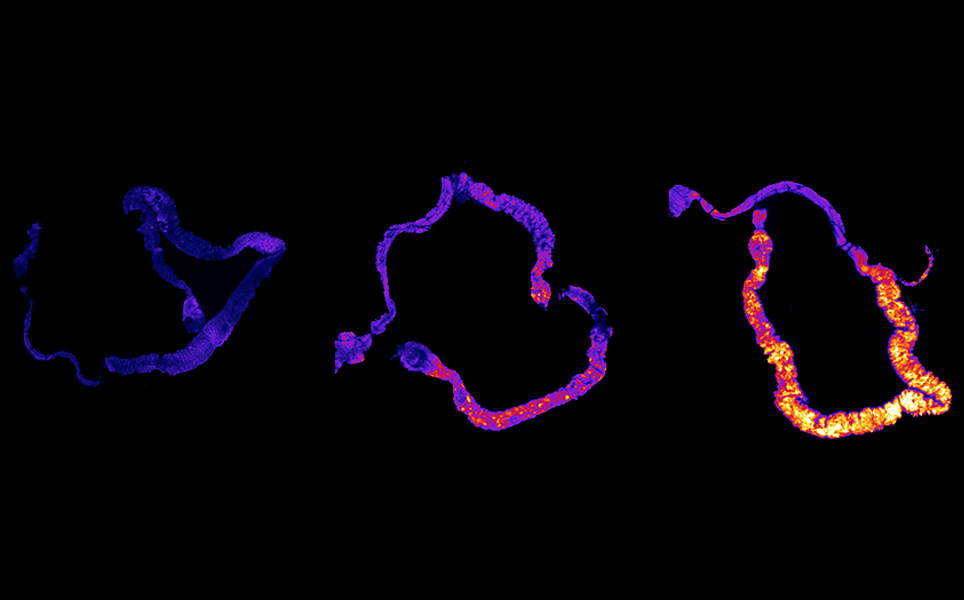
Can we survive without sleep?
3. Artificial brains may need sleep too
Neural networks, that closely mimic how humans and other biological systems learn to see, need the equivalent of a good night’s rest to remain stable and work effectively, researchers at Los Alamos National Laboratory have found.
The spiking neural networks are systems that learn as much as living brains do. The researchers found that network simulations became unstable after continuous periods of unsupervised learning, but when the networks were exposed to states that are comparable to the waves that living brains experience during sleep, the stability was restored.
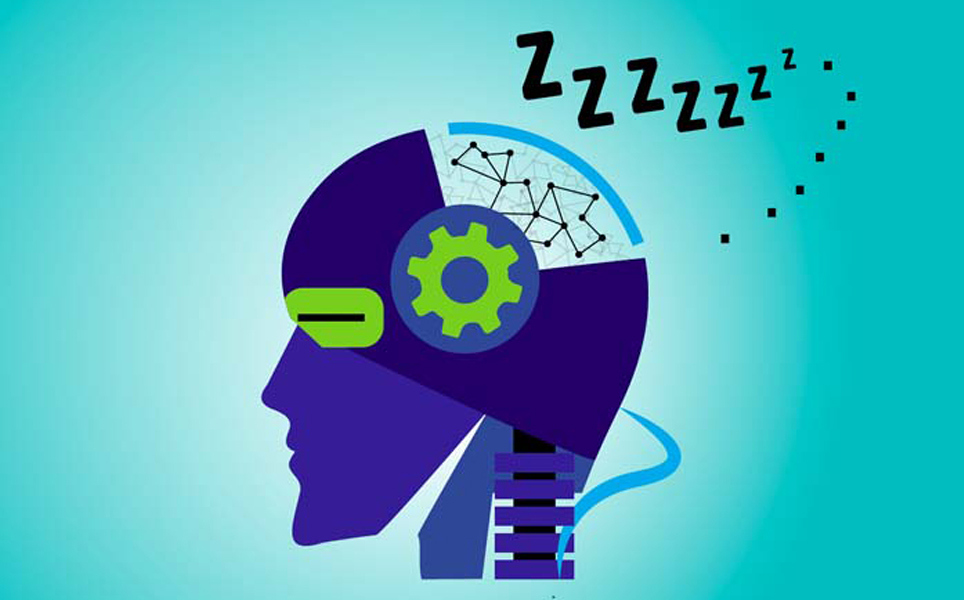
More here
4. Hibernation in mice: Are humans next?
Scientists at the University of Tsukuba and RIKEN have identified cells in the mouse brain that can be activated to induce a hibernation-like state.
When in the hibernation-like state, the mice had a lower body temperature and showed signs of a reduced metabolism, including lower heart rate, oxygen consumption and respiration rate.
If humans also possess these neurons, termed Q neurons, a hibernation-like state could be induced in people. For example, during emergency transportation, in critically ill conditions where oxygen supply cannot meet demand or even in space missions to minimise the psychological and physiological challenges in space.
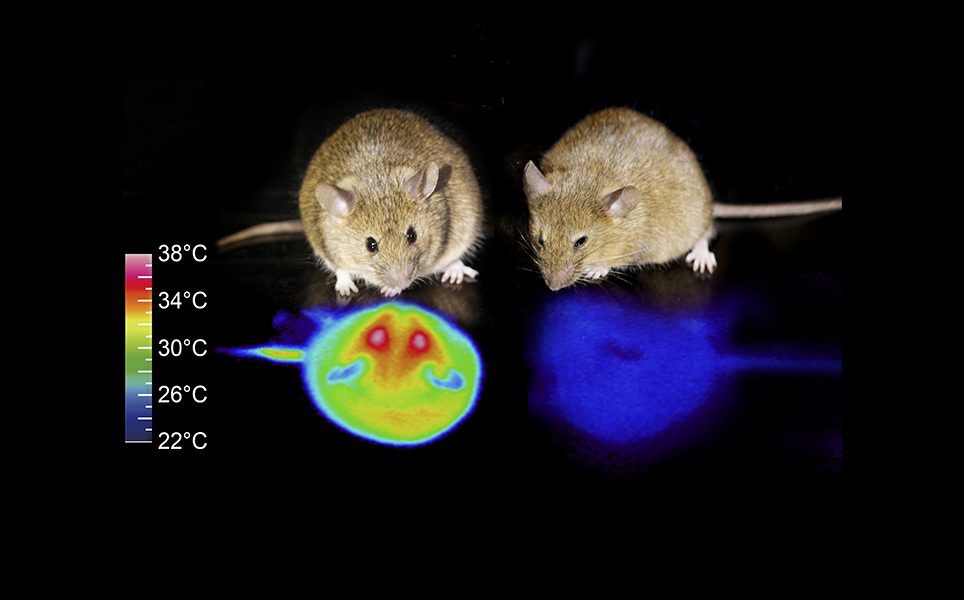
Hibernation of humans
5. Your brain needs to be ready to remember?
A study by the University of California San Diego suggests that the hippocampus may have a ‘ready-to-encode’ mode that is important in memory formation.
Analysis of neuronal recordings from the brain of epilepsy patients while they memorised a series of words showed that when hippocampal neuron firing rates were high before a patient saw a word, they were better at encoding the word and remembering it later.
The hippocampus needs to be ready to remember
6. Diluting blood plasma rejuvenates tissue, reverses aging in mice
A study by the University of Berkeley has found that diluting the blood plasma of old mice has age-reversing effects.
After replacing half of the blood plasma of old mice with a mixture of saline and albumin, the team found this had rejuvenation effects on the brain, liver and muscle. The researchers believe this is due to the removal of proteins that are elevated and become detrimental with age.
The researchers are now finalising clinical trials to see if therapeutic plasma exchange could be used in humans to improve the health of older people and treat age-related diseases.
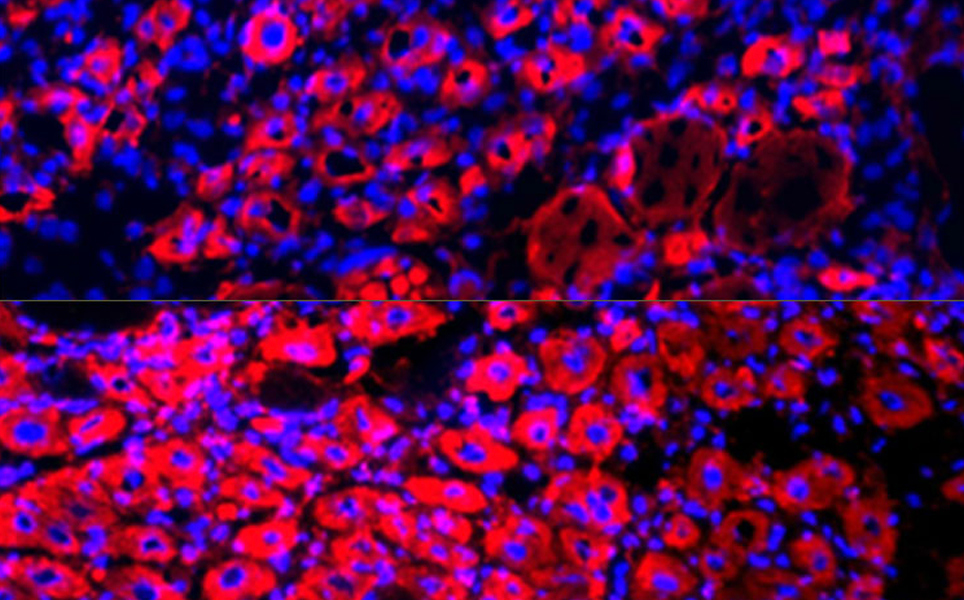
Age-reversal and rejuvenation
7. Genetic malfunction of brain astrocytes triggers migraine
Neuroscientists at the University of Zurich have identified that a type of migraine, called familial hemiplegic migraine type 2, is caused by a genetic defect that results in malfunctioning astrocytes in the cingulate cortex.
The researchers discovered that in familial migraines, the astrocytes are unable to remove excessive neurotransmitters, specifically glutamate, which increases neuronal excitability and firing. It is hoped that the discovery leads to development of new and improved migraine treatments.
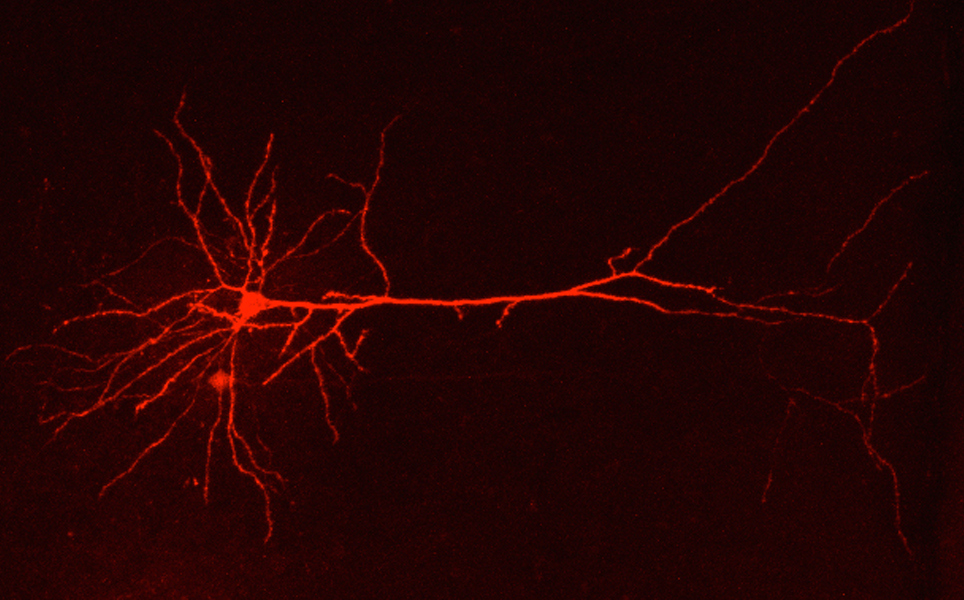
Malfunctioning astrocytes implicated in migraines
8. New study shows how ketamine combats depression
Using PET imaging, researchers at the Karolinska Institutet have identified specific serotonin receptors in the brain as the target for ketamine to have a rapid effect on treatment-resistant depression.
It was found that ketamine binds to serotonin 1B receptors, causing a reduction in the release of serotonin and an increase in dopamine release. Dopamine, part of the brain’s reward system, promotes positive feelings. The team also discovered that ketamine treatment increases the number of serotonin 1B receptors.

Ketamine's effect on the brain
9. Brain cells can harbour and spread HIV virus to the body
HIV can be taken-on by astrocytes in the brain and then spread into other organs in the body.
The study, which was funded by NIH and conducted by researchers at Rush University Medical Center, found that astrocytes infected with HIV are able to spread the virus to CD4+ T-cells in the brain, which then migrate out of the brain, spreading HIV infection to peripheral organs.
The findings suggest that treatment and cure options for HIV need to influence the central nervous system and its role in spreading the infection.
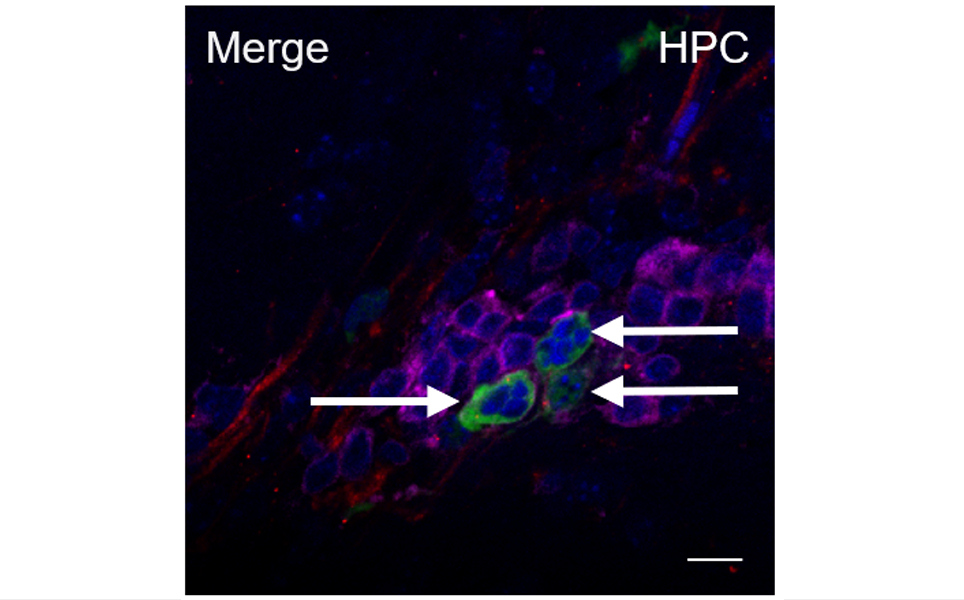
The role of the CNS in HIV progression
10. Previously undetected brain pulses may help circuits survive disuse injury
MRI scans were used by scientists at Washington University School of Medicine in St. Louis to discover previously undetected neuronal pulses in the human brain that occur after an immobilising illness or injury.
Brain activity of a researcher, as well as two other adults, who had all had arm cast was measured using MRI scans. After comparing the MRI images taken with the cast on, with images taken before and after their arms were in casts, the researchers noticed that the main circuits in the brain that are responsible for movement in specific areas of the body disconnected within 48 hours of a person wearing a cast that impeded movement. They also found that ‘disuse pulses’ occurred to maintain neural activity, allowing the circuits to reactivate when mobility was restored.
Understanding the changes that occur in the brain when a person doesn’t use a limb for an extended period of time could lead to improved therapies for those with broken limbs and those who have lost use of their limbs.
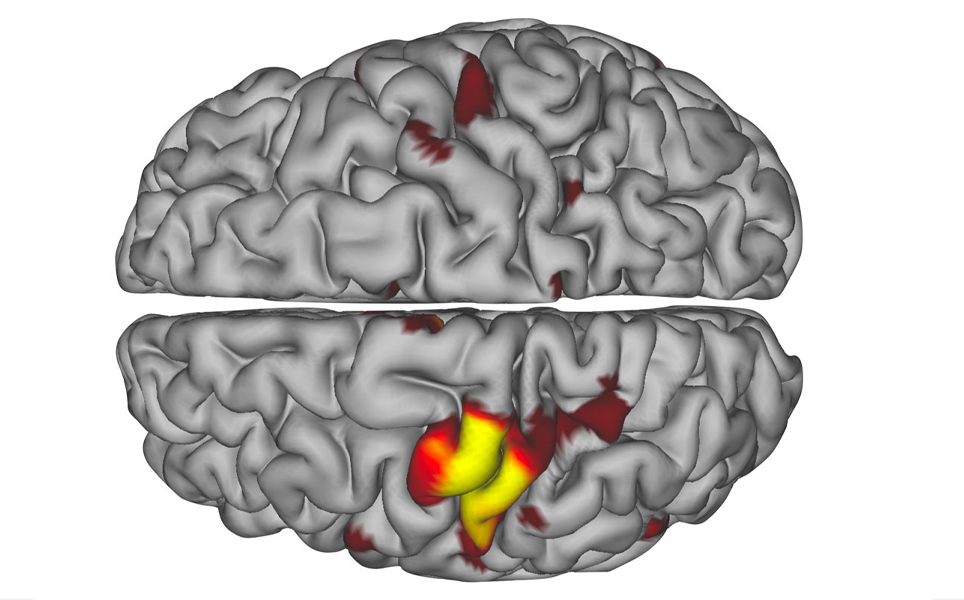
Detection of disuse neuronal pulses
Banner image credit: Vaccaro et al, 2020.
Take a look at our previous top neuroscience stories:
Sign up to receive our latest news
Find out about Scientifica's latest product releases, company news, and developments through a range of news articles, customer interviews and product demonstration videos.

)